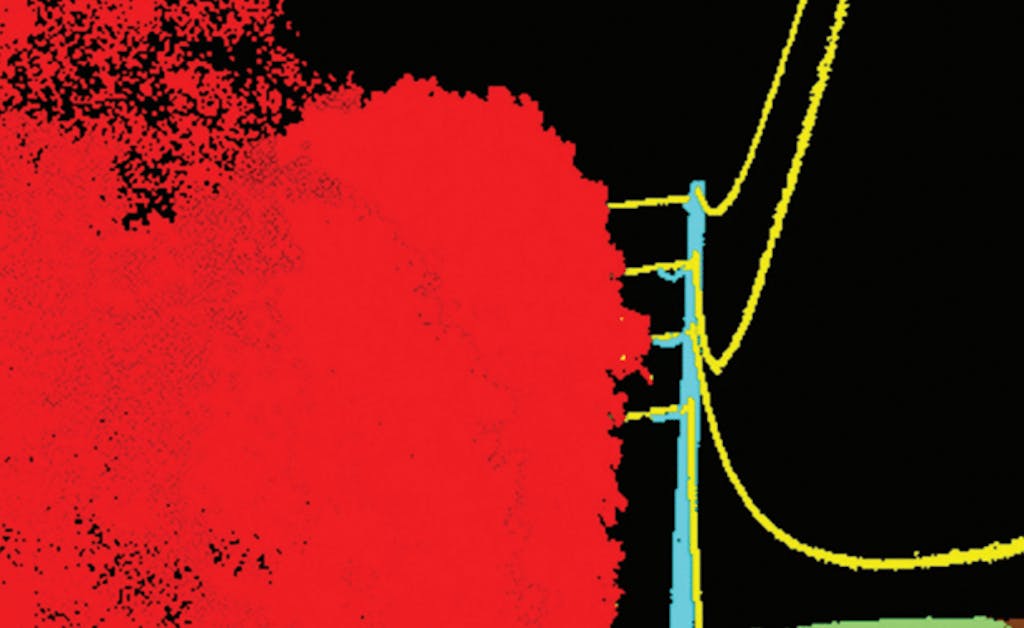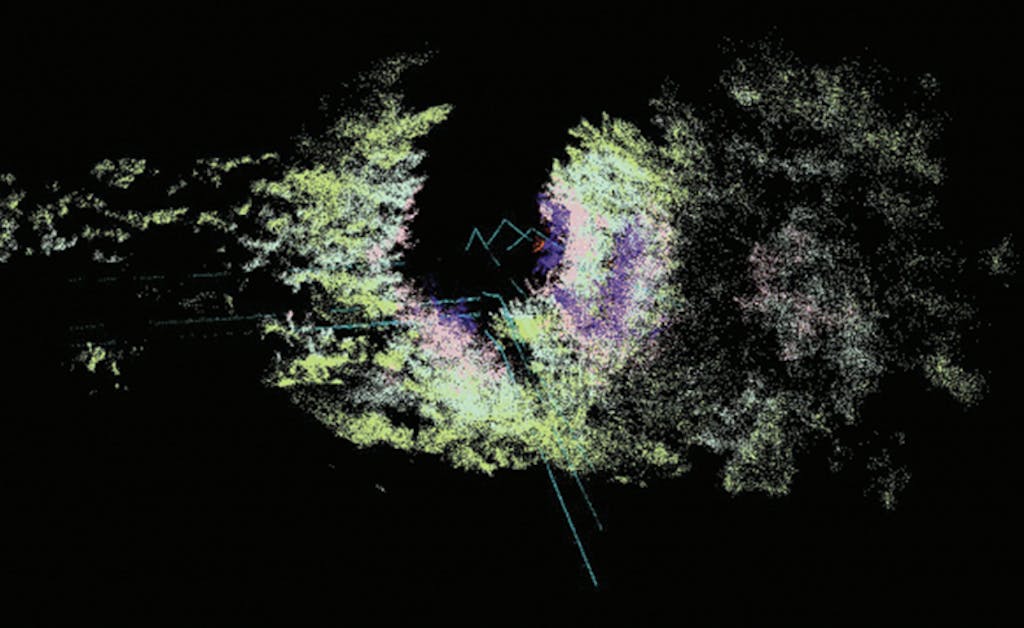5-minute read
In this article:
- Learn how LiDAR works for electric cooperatives to improve vegetation management.
- Determine if LiDAR is optimal for your project and compare it to traditional methods.
- Explore the complexity, cost, necessity, and privacy in relation to the implementation of LiDAR technology.
LiDAR is a cutting-edge technology that utilities across the United States have adopted as part of their vegetation management best practices. LiDAR, which stands for light detection and ranging, utilizes laser sensors to generate remarkably precise three-dimensional maps of various environments, including distribution and transmission corridors.
One of the primary benefits of LiDAR technology is its ability to provide highly detailed and accurate data on vegetation growth and potential hazards.

Get In Touch
Reach out to our inspection team to learn more about how we can help maintain your critical infrastructure…
By using LiDAR, electric cooperatives can gain a much deeper understanding of the vegetation in their service areas. Regular inspections using LiDAR unlock the ability to detect vegetation growth patterns and to project future danger tree interactions. This can help to proactively prevent power interruptions, reduce infrastructure damage, and improve overall safety for both cooperative members and employees.
Related: Thermal Imaging Inspections for Electric Utility Equipment
Compared to traditional inspections, LiDAR technology offers several key benefits:
- LiDAR covers a much larger area than traditional inspections in a much shorter amount of time. This means that electric cooperatives gain quick and efficient insights, enabling them to make more informed decisions about where to focus their resources.
- LiDAR provides data in near-real-time, empowering electric cooperatives to quickly identify hazards and respond quickly.
- LiDAR is highly accurate, which means that electric cooperatives can have greater confidence in the data they collect. This, in turn, helps reduce risks associated with missed issues that cost cooperatives critical time and money.
- LiDAR technology enables precise surveys and comparisons of data for growth modeling, encroachment modeling, cost prediction, and fall-in analysis.
However, LiDAR may not be for everyone
There are key factors to consider when choosing an inspection company using LiDAR:
- Complexity: LiDAR technology is complex and requires specialized expertise to use effectively. Unfortunately, not all “experts” in LiDAR specialize in the needs of electric cooperatives. An ill-conceived LiDAR inspection can result in large costs for a cooperative trying to assign resources wisely.
- Cost: LiDAR inspections, especially for cooperatives trying to build in-house bench strength, can be expensive to implement and maintain. For many electric cooperatives, inspections must be done within a limited budget – leading to LiDAR abandonment. At Clearsight, our team recognizes this challenge.
- Limited need: Depending on an electric cooperative’s service area, they may not have a significant need for detailed vegetation management data. For example, if the service area is relatively small and has minimal vegetation growth, traditional inspections may be sufficient. At Clearsight, our goal is to help you discover the right inspection solution for your infrastructure.
- Privacy concerns: Regardless of the technology type, electric cooperatives need to address security and privacy concerns. Clearsight is a strong advocate for technology that is used in a responsible and transparent manner.

Bottom Line
Overall, LiDAR technology offers electric cooperatives a powerful tool for vegetation management inspections. By providing highly accurate and detailed data on vegetation growth patterns and potential hazards, LiDAR can help to improve safety, reduce costs, and increase efficiency for electric cooperatives of all sizes.
If you are an electric cooperative looking to improve your vegetation management, please reach out to our expert team to learn if LiDAR technology can help take your vegetation management to the next level.
Related: Here’s How Our Methods Can Help Solve Vegetation Management Problems
Related Content

DISTRIBUTECH International 2024 Featured Presentation is Now Available On-Demand
At DISTRIBUTECH International, our very own Teague Maxfield and Microsoft’s Bala Balakreshnan presented on data analytics for the T&D industry. Watch here!

Clearsight’s DISTRIBUTECH International and TechAdvantage 2024 Recap
Discover insights from Clearsight’s attendance at DISTRIBUTECH International and TechAdvantage 2024, highlighting key takeaways and event differentiators.

